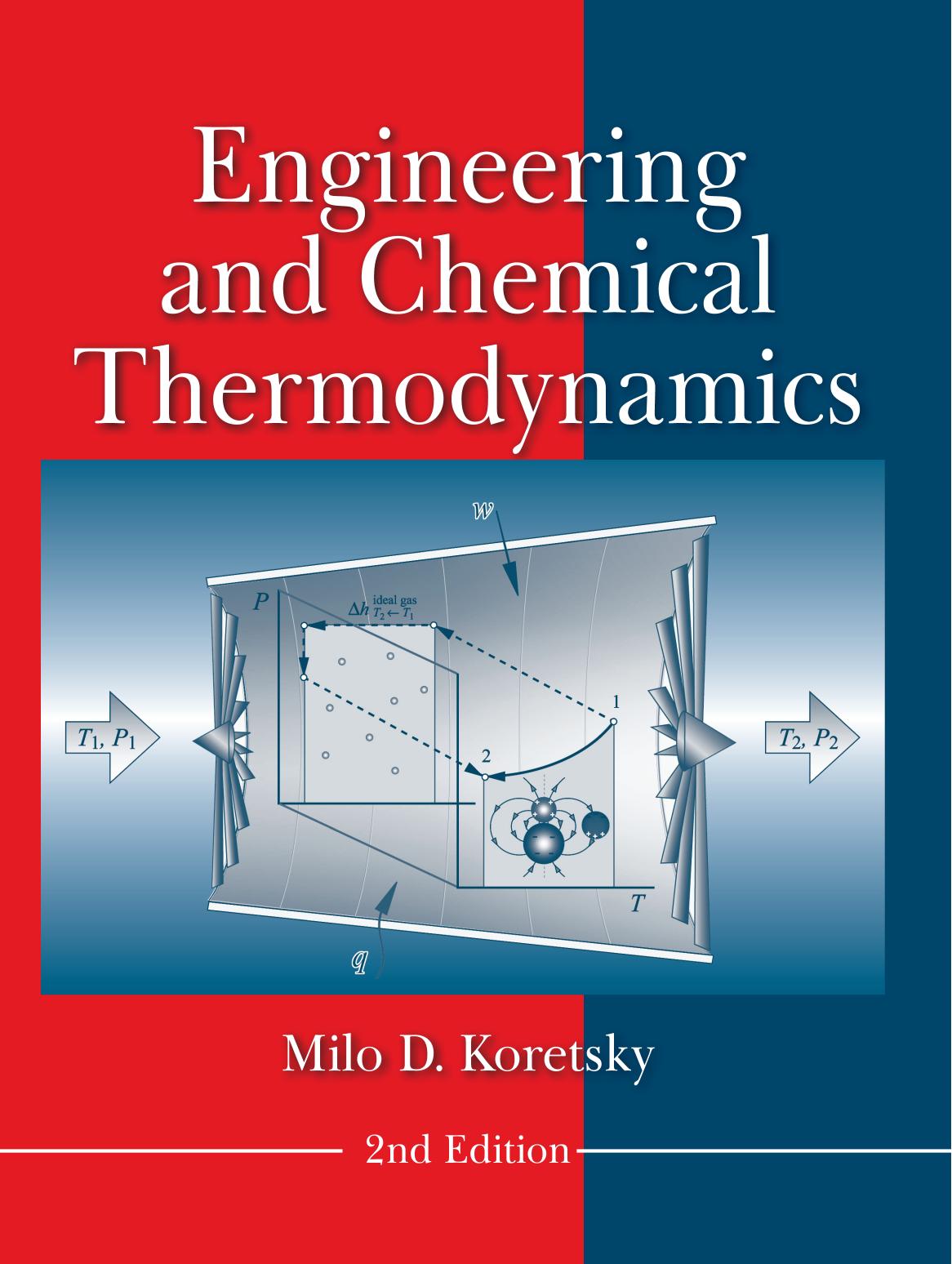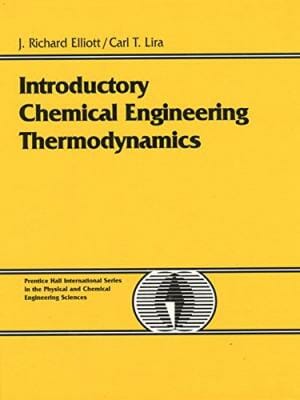

For all the above reacting systems, our results are benchmarked against their counterparts obtained either from the ubiquitous process simulator: ASPEN‐Plus® or from data available in the open literature.įorce field-based molecular simulations were used to calculate thermal expansivities, heat capacities, and Joule–Thomson coefficients of binary (standard) hydrogen–water mixtures for temperatures between 366.15 and 423.15 K and pressures between bar. For this purpose, three industrially relevant case studies are exposed: (1) synthesis of ammonia using the Haber process, (2) steam gasification of a typical biomass surrogate, glucose, and (3) steam gasification of cellulose. In addition, we present a novel approach to perform sensitivity analyses based on a combination of S or NS methods and arc‐length continuation technique. We apply several techniques for each approach and discuss their easiness of implementation and usage, in particular when chemical equilibria are computed for reacting systems under a multitude of temperature and pressure conditions and feed compositions. Within both calculation models various numerical methods can be used. One objective of the present paper is to check and discuss whether both methods lead to comparable solutions in the case of complex chemical equilibria encountered in high temperature and pressure combustion of hydrazine and propane and in steam gasification of glucose and cellulose. La méthodologie proposée est appliquée à cette application.Ĭhemical equilibrium calculations-as they are required to evaluate the evolution limits of any reactive system-are fundamentally performed using either a reaction based stoichiometric (S) approach or a non‐stoichiometric (NS) method. Ce développement s’inscrit dans le cadre d’un projet industriel porté par EDF, pour lequel une pompe à chaleur transcritique à haute température est développée, pour un séchoir industriel. Un modèle de solubilité est couplé à un modèle de viscosité cinématique pour tracer des diagrammes de Daniel sur la base des mesures effectuées.

Un dispositif expérimental a été développé pour mesurer les données de solubilité et de viscosité cinématique du mélange fluide frigorigène-huile de lubrification. Ce travail de thèse propose un ensemble méthodologique pour faciliter l’obtention des diagrammes de Daniel. Il contient les données de solubilité et de viscosité cinématique du mélange fluide frigorigène-huile de lubrification en fonction de la température, de la pression et de la composition du mélange. Dans un système de réfrigération ou une pompe à chaleur, la sélection de l’huile de lubrification se fait à l’aide d’un diagramme de Daniel.

La chaleur fatale représente une énergie perdue qui peut être valorisée à l’aide d’une pompe à chaleur.


 0 kommentar(er)
0 kommentar(er)
